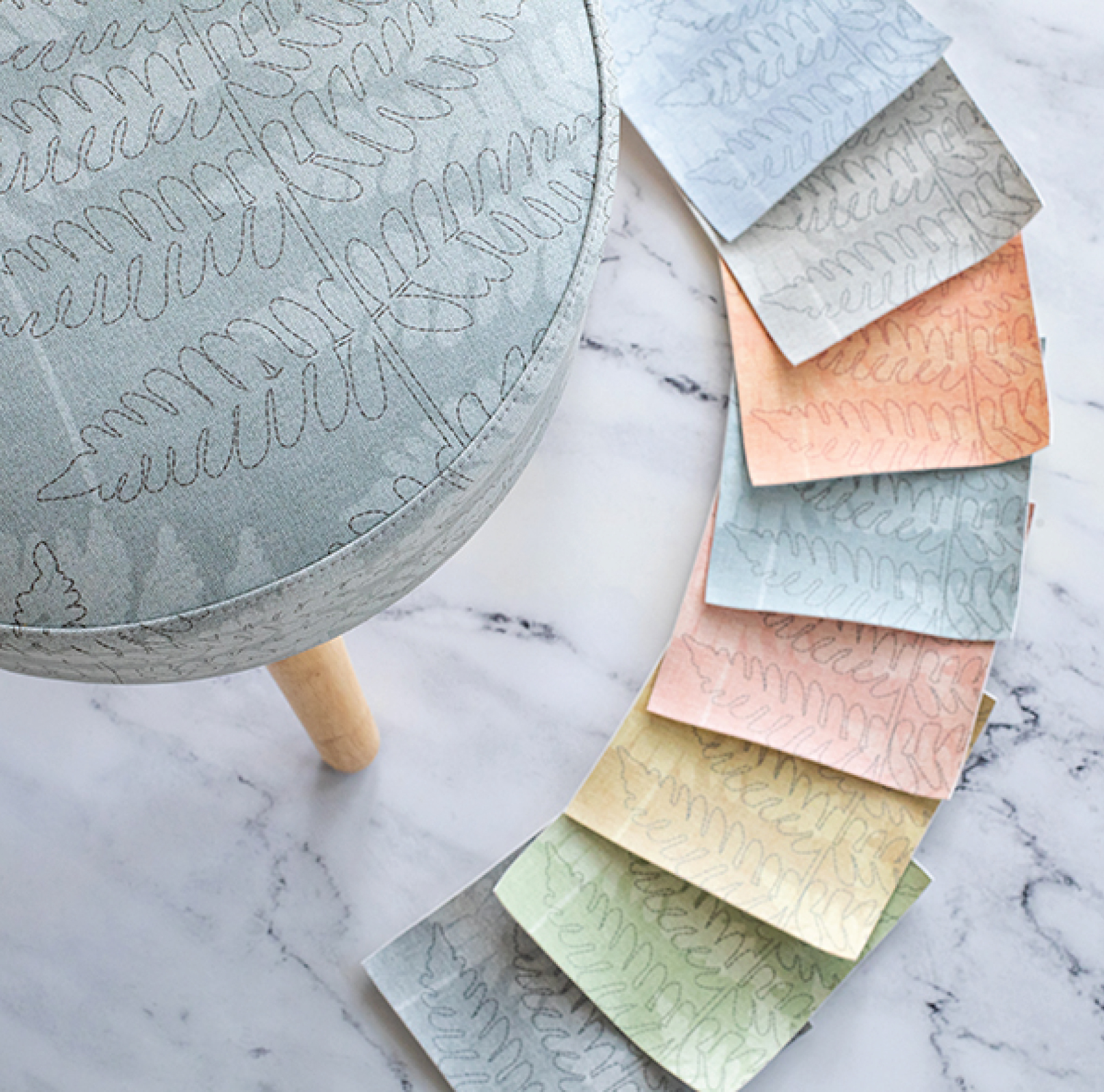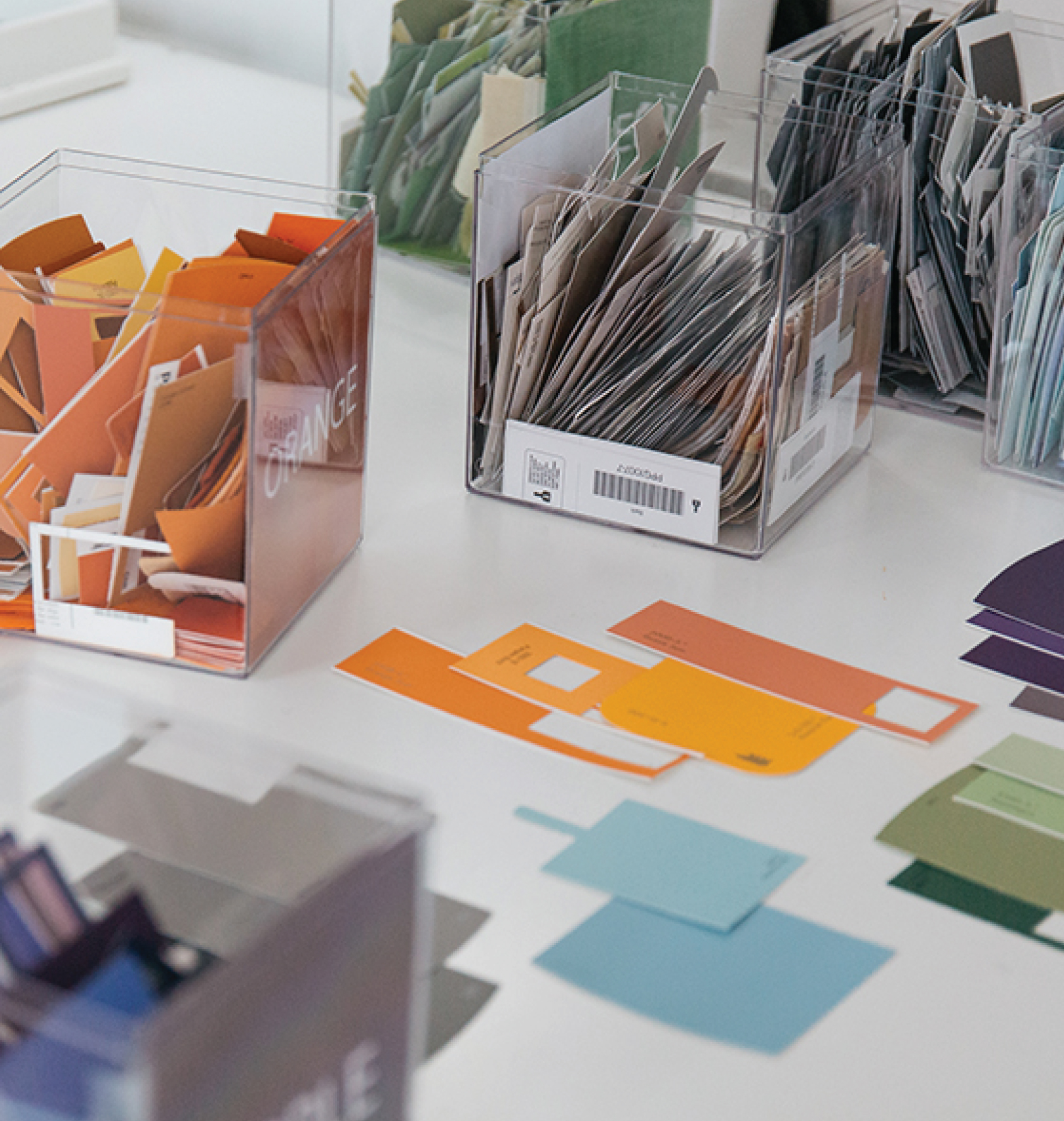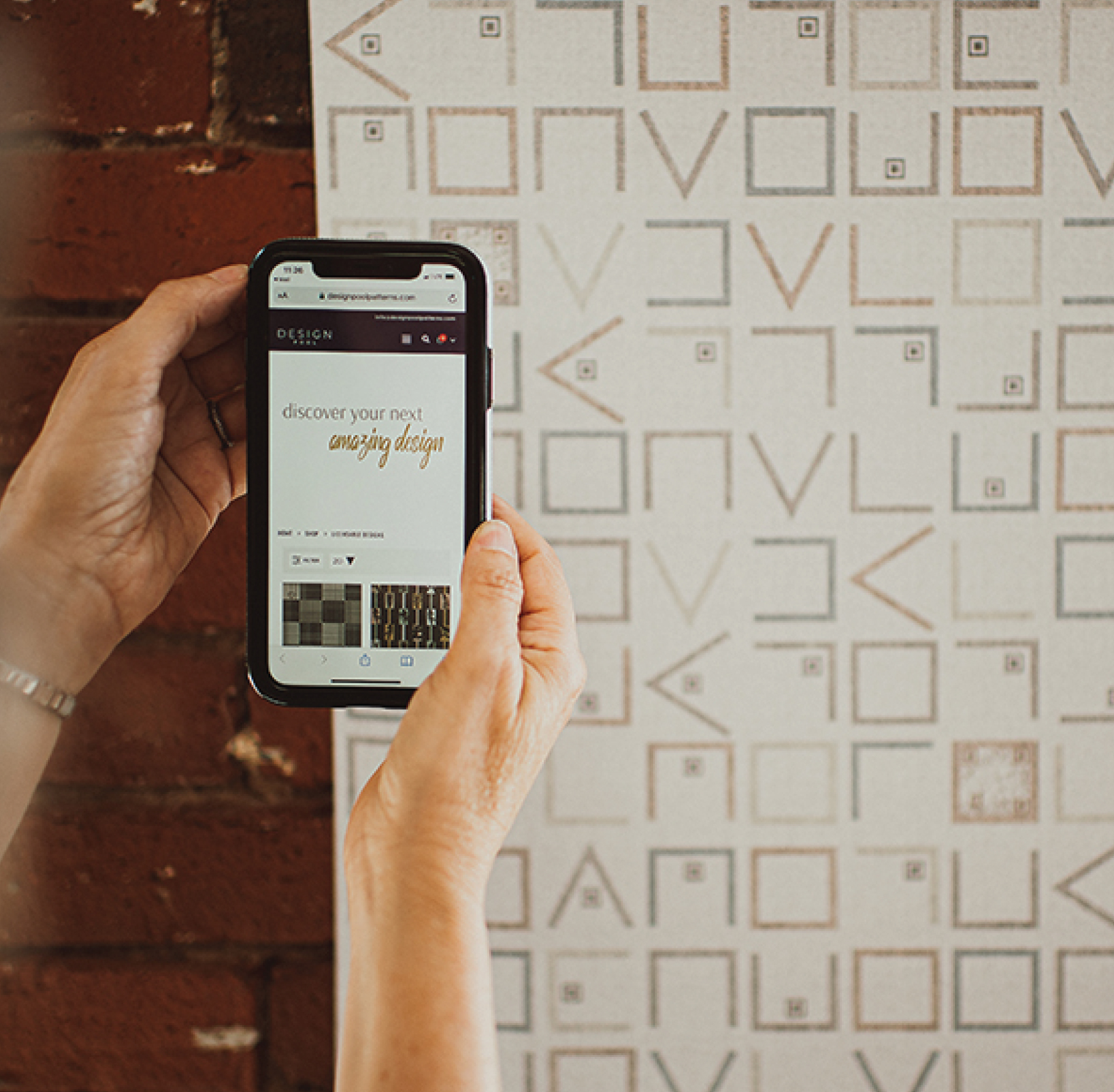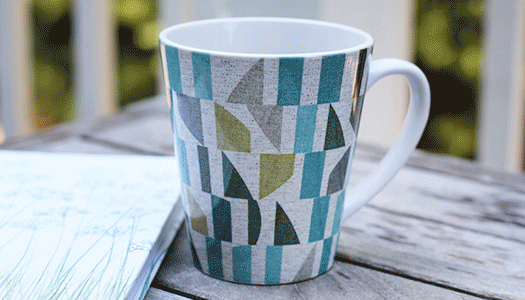
Using Interior Design to Foster Community
When back-to-school ads start running each year, we think about more than what’s trending in back-to-school fashion. We also want to know what’s trending on college campuses themselves. With so many colleges and universities growing and accommodating more and more students, how are they designing these spaces? We’ve looked before at trends in higher education. Often, you see a trend toward creating spaces that foster community and encourage a sense of belonging.
Studies have shown that students are more likely to succeed if they have a sense of belonging. When students feel like they fit in, they feel connected and valued. They’ll engage more socially, develop stronger friendships, and take advantage of new opportunities. Ultimately, this helps them succeed academically.
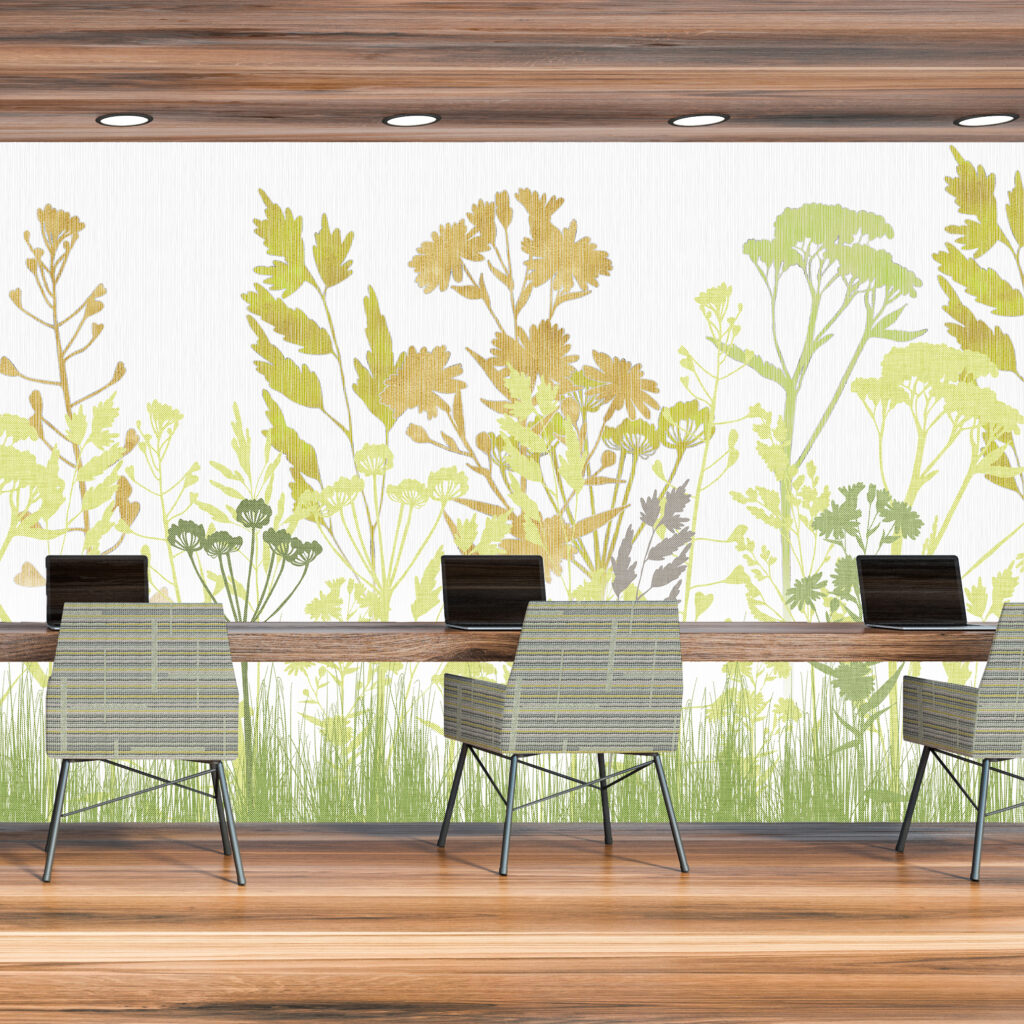
So, how can interior design help foster community?
Helping students feel like they belong is a big task for educators and staff. Good interior design can help make their work easier by addressing key areas such as the following.
Safety
Gen Z is the generation that grew up with active shooter drills and lockdown exercises. More than any previous generation, they are keenly aware of the need for safe spaces in educational environments. Having also been students during the pandemic, they know that safety extends to feeling safe from sickness. Feeling they’re in a safe environment helps reduce stress and feel comfortable.
Acoustics
Acoustics has been a growing trend in most commercial interior markets, and higher education is no different. Too much noise can distract students and leave them feeling frustrated. A space that isn’t noisy allows for connection and conversation. Today, acoustic solutions can also be a design element in a room featuring different shapes and patterns.
Communal Spaces
In order to foster community, space needs to be devoted to it. A campus should be designed to have communal spaces that make it easy for students to gather and collaborate academically. Yet, there should also be spaces just for social interaction.
Multicultural Spaces
Educators know diversity in a student population is an asset. It’s one of the many reasons schools actively recruit international students. Having a space for them on campus to connect with other students helps them feel more accepted and represented. It can also help connect them to services that are particular to their needs.
Incorporating Nature
As we’ve noticed with trends in other areas of interior design, college campuses are also acknowledging the benefits of students having access to nature. Seating areas outdoors and small parks can facilitate gathering or just relaxing.
How can digital printing help?
Digital printing offers so many exciting possibilities for higher education interiors. When used intentionally, it can also help foster community. Patterns can enhance materials and make them more suitable for a space. Digital printing also allows interior designers to get creative with material selection. For example, an interior designer could select one acoustic panel material but print it with a different pattern to use in other places. Perhaps they want a pattern with a floral motif for a room that needs a calming touch of nature. Yet, in a vibrant student lounge, they might want a pattern that’s more bold and energetic.
Digital printing also makes it easy to customize a pattern to a particular color palette. For example, the red in a pattern can be changed to match the exact red of a college or university branding. Interior designers don’t have the option to tweak the color of a woven fabric they’re buying from a jobber’s inventory. Yet, they do have that freedom when ordering directly from a print service provider.
Sources:
Lehigh Valley Business
Three Rivers Business Interiors
Share this post
Author
DESIGN/COLOR TRENDS AND AWESOME INFORMATION IN YOUR INBOX
Sign up for our monthly trend letter

